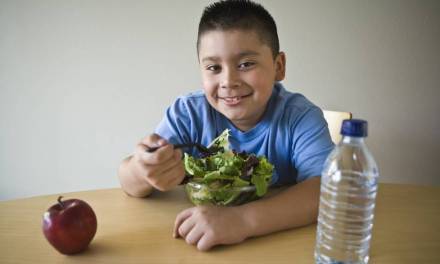Today, 62% of UK adults are overweight or obese – a figure that has skyrocketed over the past two decades, when 53% were placed into the same category.
Sadly these statistics are almost as scary when we look to our children, with one in three who are overweight or obese – numbering a staggering 4.3 million kids who fall into this bracket.
With the government increasingly stressing the role that schools can play in the battle against the bulge here we offer a few suggestions for taking childhood obesity to task.
Implement a school-wide initiative to combat childhood obesity
Too many schools fall into the trap of attempting to squeeze PE and education around food into a single hour or two per week, when in fact physical fitness, health, wellness and nutrition spans far beyond this.
Research by the CDC suggests that there are 8 core components of such initiatives:
- health education
- physical education
- health services
- nutrition services
- counselling, psychological, and social services
- healthy school environment
- health promotion for staff
- family and community involvement
Try to use a holistic approach in your setting and include as many of these components as possible. Healthy lifestyle choices can be difficult to adopt in an environment that doesn’t offer enough support.
Creating a suitable whole-school environment makes it easier for children to exercise, eat well, and look after their health and wellbeing.
Introduce a Bikeability scheme
We’ve recently written of the many compelling advantages that Bikeability schemes provide for – not least of which are health benefits alongside improvements in classroom attainment.
Offer only healthy options in the canteen
Your canteen should follow the School meals – healthy eating standards – you can gain inspiration for healthy meals by checking out the What Works Well Recipe Hub.
While some schools have infamously hit the media for being on ‘lunch box’ search duty, and banning any forms of junk food from them (such as sweets, chocolates, fizzy drinks and crisps) there are undoubtedly benefits to ensuring parents are educated as to what constitutes a healthy day’s food supply.
However the approach you take could well be the difference between parents who feel as though they’re on the same team as you, and parents who get a distinct ‘us’ and ‘them’ feeling.
A critical approach towards parents who are reticent to follow healthy eating guidelines for their children is likely to be less successful than an open, supportive and non-judgemental conversation.
Set up a breakfast club
32% of children skip breakfast – a figure that leads to pupils who underperform and some who then overeat (or eat the wrong things for a sugar fix) at lunchtime.
You can help address this and embed healthy eating habits that could last a lifetime by running a breakfast club.
Engage children in making food and having input in their daily diets
Food technology classes are the ideal opportunity to equip children with basic food preparation and cooking skills – but more than this, they’re also a chance to engage pupils in healthy choices.
Why not pass some power to the pupils by featuring one child’s recipe in the canteen each week? If you have a school blog, you could also publish the healthiest recipes online and encourage parents to try them at home.
Do you have any suggestions for fighting childhood obesity that have worked in your school? Feel free to share them with other readers in the comments below.









